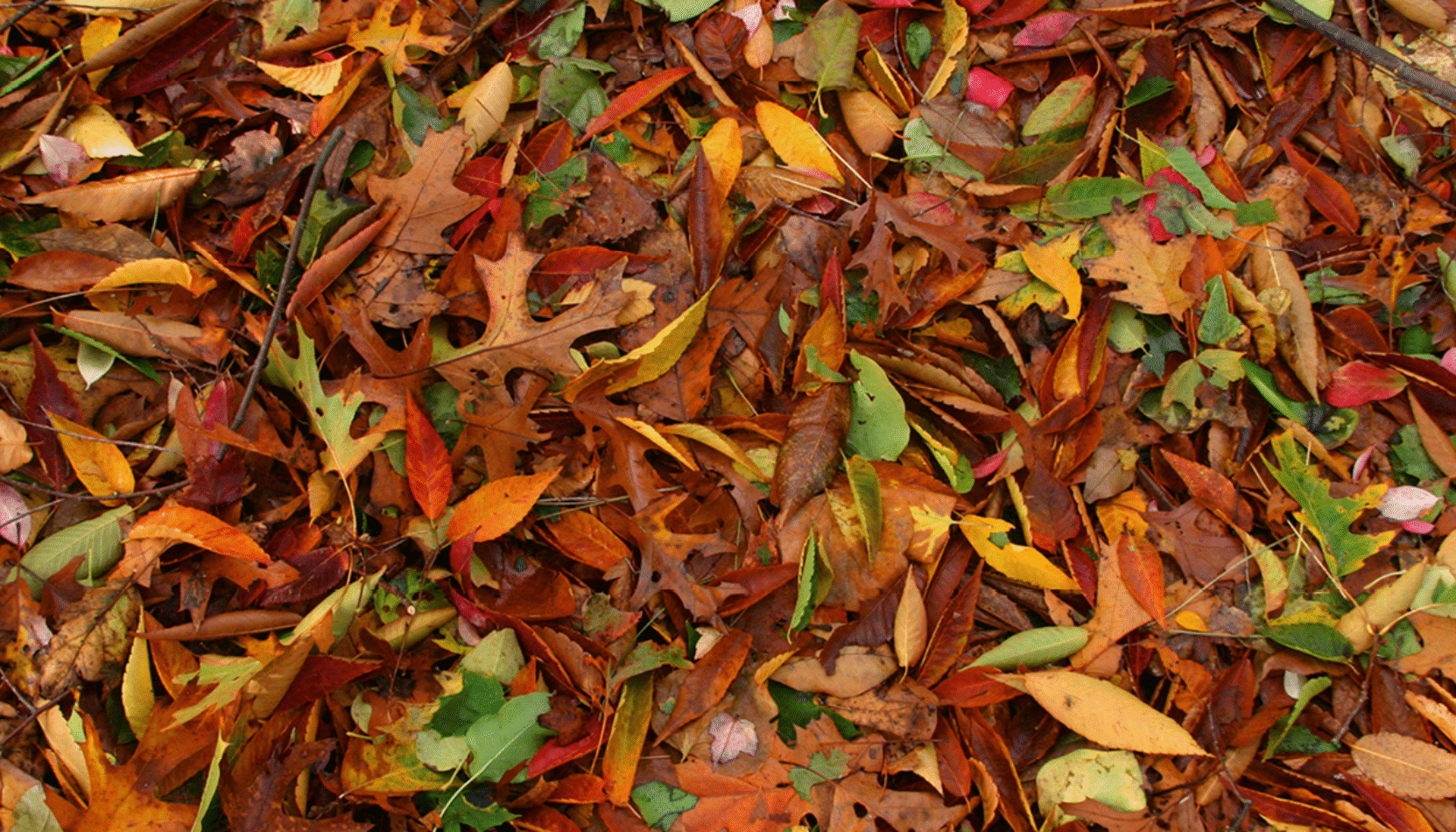AUTUMN GARDEN PREP: WHAT TO PLANT AND PRUNE
As the leaves begin to fall from the trees and turn stunning shades of amber and gold, it is a sure sign that it is time to say goodbye to summer and welcome in the autumn. This doesn’t mean that it is time to give up on gardening, however – There are still plenty of important jobs to get done this season!
In this article by gardening expert Fiona Jenkins at MyJobQuote.co.uk, we will explore the importance of autumn gardening, what to plant and prune, and other essential tasks to keep your garden thriving through the colder months.
Why is Autumn Gardening Important?
Autumn acts as a bridge for your garden, linking the rewards of summer to the renewal of Spring and by preparing your outdoor space this season, you can create a strong foundation for next year’s growth.
The cooler temperatures and increased rainfall that autumn brings provide ideal conditions for many plants, providing them with time to establish strong root systems before the harsh winter sets in.
In addition, keeping your garden well-maintained this season will reduce the amount of work that you need to do during the busy spring months, and you can ensure that when the warmer weather returns, your garden will be ready to burst with new life!
What to Plant in Your Autumn Garden
Autumn is a great time for planting because of the cooler temperatures and increased soil moisture, which create favourable growing conditions. Certain plants flourish in this season, so long as they are planted with care and consideration. Here are some of the top perennials, bulbs, and vegetables to plant over the coming months:
Asters
A member of the daisy family, these small flowers often come in beautiful shades of purple, pink, and white, making them an attractive and popular choice for gardens. Asters bloom well into autumn and are perfect for adding a pop of late-season colour.
Chrysanthemums
No list of autumn perennials would be complete without chrysanthemum. Coming in a wide variety of colours and shapes, this hardy plant blooms late into September and October, bringing vibrant displays as other plants begin to fade.
Sedum
Also known as stonecrop, sedum is highly drought-tolerant and thrives in the autumn as well as summer. Featuring clusters of starry flowers, this perennial provides some stunning colours and attracts pollinators.
Tulips
Synonymous with Spring, tulips are a popular option for gardens due to their wide variety of colours and elegant shapes. Planting bulbs in late autumn will allow them to develop strong roots during winter, ready for a late spring bloom.
Crocus
Crocuses are one of the first bulbs to bloom in early Spring and will add pops of colour to your garden with their purple, white, or yellow flowers. These low-maintenance plants can thrive when their bulbs are planted in autumn.
Snowdrops
Snowdrop bulbs are ideal for planting from September through November in order to establish strong root growth. These delicate white flowers often bloom in late winter to early Spring, providing a refreshing sight after the cold months.
Carrots
When planted early in autumn and properly protected, you can enjoy carrots throughout the later months of autumn and into the winter. Carrots can tolerate colder temperatures and enjoy moist soil, making them a great selection for your autumn garden.
Spring Onions
Spring onions excel during the autumn months, and since they grow in around 8 weeks, you don’t need to worry about the harsh winter months approaching, as you can enjoy bountiful harvests beforehand!
What to Prune in Autumn
Pruning is the process of selectively removing certain parts of a plant, such as branches, buds, or roots, to improve its health, control its growth, and enhance its flowering or fruiting ability. It may seem counterintuitive in autumn as plants prepare for dormancy, but strategic cuts can help to maintain a healthy garden. Here is how to approach pruning effectively:
Deciduous Trees and Shrubs
Early autumn is a great time to prune deciduous trees and shrubs. Concentrate on removing dead or damaged branches, which can harbour pests or diseases. If your trees are young, light pruning can help to encourage strong structural growth, while older trees may need more extensive shaping to maintain their form.
Perennials
After the first hard frost, it is generally a good idea to cut back perennials in order to manage the appearance of your garden and minimise the risk of pests. However, make sure to leave some seed heads, as these can be very beneficial to birds and insects for food and shelter over the winter!
Roses
Timing is key when it comes to roses, and late autumn pruning can help to protect them from harsh winter winds. Cut back about a third of the plant, focusing on removing any dead leaves and reshaping to help improve airflow. Always use clean, sharp tools to prevent the spread of disease.
Fruit Trees
Autumn is an excellent time to prune your fruit trees. Remove any dead or diseased branches, which will help to promote healthier fruit production in the Spring. Additionally, consider applying a light layer of mulch around the base to retain moisture and regulate temperature.
Additional Autumn Gardening Tasks
Beyond planting and pruning, here are some other tasks that can enhance your garden’s resilience through autumn and winter:
Mulching
Applying a thick layer of mulch around your plants will offer protection against harsh temperature changes and conserve soil moisture. Choose organic materials such as dead leaves, bark chips, or straw, which will also break down over time and enrich the soil.
Soil Care
Autumn is an ideal time to assess your soil. Conduct a soil test to monitor pH and nutrient levels so that you can amend them as needed. Adding compost during this season will allow it to integrate naturally into the soil before winter.
Clean Up Debris
Clear away any fallen leaves, dead plants, and other debris which could harbour pests and diseases over the winter. Doing this will also give your garden a tidy appearance and prepare the area for new growth in Spring.
Final Thoughts
As autumn settles in, it is the perfect opportunity for gardeners to tidy up the area and consider what worked well over the past year and how to prepare for the next. By carefully thinking about what to plant and prune, maintaining healthy soil, and undertaking clean-up tasks, you can protect your garden during winter and set it up for a stunning revival in Spring.
MORE ABOUT THE AUTHOR… FIONA JENKINS
Fiona Jenkins is a UK-based landscaper with over twenty-five years of experience in the industry. As a gardening expert for MyJobQuote, one of the UK’s top trades-matching sites, Fiona offers her expert advice to MyJobQuote’s tradespeople and homeowners and has also been featured as a gardening expert for a range of reputable publications.













